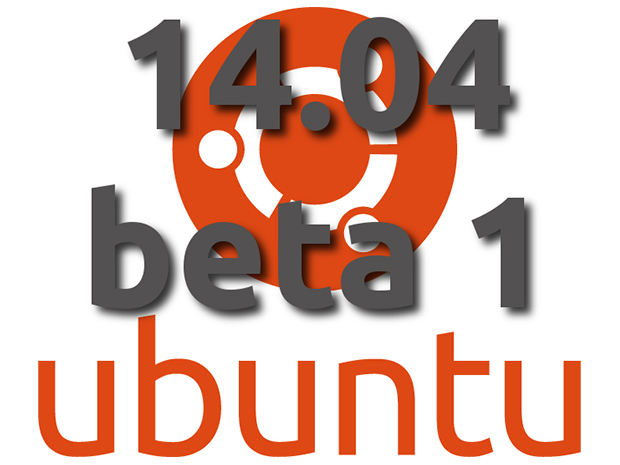'ZDNET Recommends': What exactly does it mean?
ZDNET's recommendations are based on many hours of testing, research, and comparison shopping. We gather data from the best available sources, including vendor and retailer listings as well as other relevant and independent reviews sites. And we pore over customer reviews to find out what matters to real people who already own and use the products and services we’re assessing.
When you click through from our site to a retailer and buy a product or service, we may earn affiliate commissions. This helps support our work, but does not affect what we cover or how, and it does not affect the price you pay. Neither ZDNET nor the author are compensated for these independent reviews. Indeed, we follow strict guidelines that ensure our editorial content is never influenced by advertisers.
ZDNET's editorial team writes on behalf of you, our reader. Our goal is to deliver the most accurate information and the most knowledgeable advice possible in order to help you make smarter buying decisions on tech gear and a wide array of products and services. Our editors thoroughly review and fact-check every article to ensure that our content meets the highest standards. If we have made an error or published misleading information, we will correct or clarify the article. If you see inaccuracies in our content, please report the mistake via this form.
Ubuntu 14.04 LTS 'Trusty Tahr', Beta 1 preview: Convergence deferred


Ubuntu 14.04 LTS (Trusty Tahr)
pros and cons
It's becoming a familiar story for Ubuntu desktop releases. Back in October 2011 Mark Shuttleworth set some ambitious targets for Ubuntu 14.04 LTS Trusty Tahr, and later announcements indicated that these would be achieved through a fully converged code base, a cross-format UI and the ability to run cross-format apps.
But as the release date approaches, perhaps not unreasonably for an LTS, things have been scaled back. The emphasis now is on reliability, while the company continues to pursue its goals in the mobile and tablet markets on a parallel track. Shuttleworth now estimates that desktop/tablet/smartphone convergence won't be reached until Ubuntu 15.04 or later.
The Ubuntu 14.04 desktop, at least in this first beta release, is almost indistinguishable from that of Ubuntu 13.10. One detail that is apparent is an extra network status indicator in the top menu bar: our screenshots show the indicators for a wireless connection; these change to an up arrow/down arrow indicator when a wired connection is in use.
At least 14.04 LTS will have updated GNOME components, as Canonical has announced that it will ship with GNOME 3.10 packages — the first beta has the updated Nautilus-based file manager, now renamed 'Files'. Also, as with every full step release, Ubuntu 14.04 has a new Linux kernel revision, 3.13, with all the improvements that brings.
Both Mir and Unity 8, (formerly known as Unity Next), are required components for convergence and for Touch apps to run on the desktop. When Canonical's plans for convergence were first announced, Ubuntu 14.04 LTS was to use the Mir display server and the Unity 8 shell. With plans for a fully converged Ubuntu now put back to 15.04 or later, the 14.04 release will be sticking with X window server and Unity 7 for the time being.
Ubuntu 13.10 included a rudimentary preview of Unity 8, and a preview will also be included in Ubuntu 14.04 LTS. For this to be installed with the beta release, you need to enable 'Pre-released updates (Trusty proposed)' in the Software & Updates dialogue.
Multi-task filtering by text input
The Unity launcher works well enough for limited application switching, but if you choose to have a large number of application icons pinned to the launcher, and also tend to multi-task with multiple open applications with multiple windows, the Alt-tab-activated application switcher and the spread display are indispensable. If you find even the switcher and spread display not enough, Ubuntu 14.04 adds text-entry filtering. In practice, this feature has been available in the compiz compositing manager for a while, but Ubuntu 14.04 adds it by default.
Top ZDNET Reviews
Whenever an application spread is displayed on the desktop (Superkey+W), typing anything on the keyboard opens the overview text input bar and look-ahead search automatically narrows the spread based on partial or complete words typed into the input bar.
Menus where you want them
With the introduction of Unity back in Ubuntu 11.04 (and before that in Ubuntu for netbooks 10.10), Mark Shuttleworth decreed that application menus should appear in the desktop upper menu bar, rather than at the top of each application window. With Ubuntu 14.04, users will at last be able to make a global choice for where menus appear, via the Settings/Appearance dialogue. A new entry in Appearance offers settings for Application Menu either 'In top bar', or 'In window title bars', although this is still a mouse-over-to-reveal behaviour.
What's next?
Featured
To date, our test installs of Trusty Tahr on a Dell XPS M1210 laptop have revealed a recurring problem with keyboard and touchpad initialisation. Following boot, the desktop is often left without either keyboard or touchpad input. Although this problem may be limited to only a small and specific group of hardware, hopefully it will receive a fix before the full release.
We will publish further updates with the Final Beta, which is due on 27 March (assuming there is anything of significance to report), and a full review of the final release, which is scheduled for 17 April.
The official release schedule for Ubuntu 14.04 Trusty Tahr is available on the Ubuntu website, where you can also find daily build install images. Current images are 'oversized' and will not fit on a CD. Ubuntu 14.04 is still in development and it is not recommended that the betas are used for mission-critical or production tasks.
To update to the beta, hit Alt+F2 to open a run command line and type update-manager -d, or open a terminal and type the same command line (do not close the command line or terminal until the update completes).